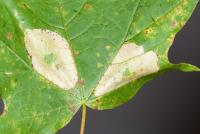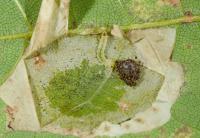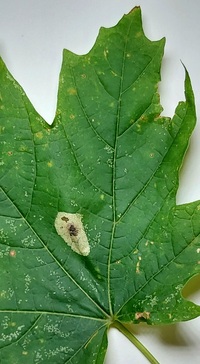
| Recorded by: Mark Basinger on 2025-08-15
Ashe Co.
Comment: | 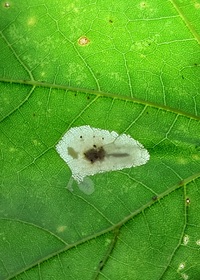
| Recorded by: Mark Basinger on 2025-08-15
Ashe Co.
Comment: |
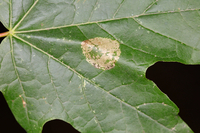
| Recorded by: Jim Petranka and Becky Elkin on 2024-07-07
McDowell Co.
Comment: | 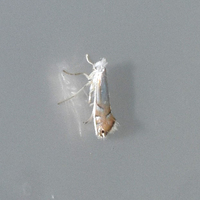
| Recorded by: Jeff Niznik on 2024-06-24
Guilford Co.
Comment: An adult that was reared from Florida Maple (see companion photo of the leaf mine from 2024-06-08). |
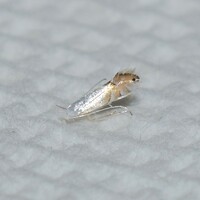
| Recorded by: Jeff Niznik on 2024-06-24
Guilford Co.
Comment: An adult that was reared from Florida Maple (see companion photo of the leaf mine from 2024-06-08). | 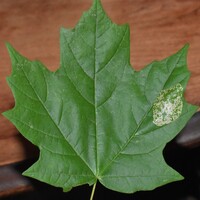
| Recorded by: Jeff Niznik on 2024-06-08
Guilford Co.
Comment: |
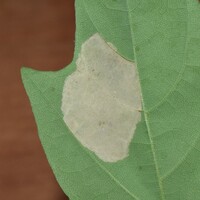
| Recorded by: Jeff Niznik on 2024-06-08
Guilford Co.
Comment: | 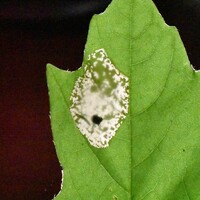
| Recorded by: Jeff Niznik on 2024-06-08
Guilford Co.
Comment: |
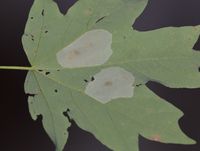
| Recorded by: Jim Petranka on 2023-07-15
Madison Co.
Comment: Mines were in early stages and had not yet become strongly tentiform; on Sugar Maple. | 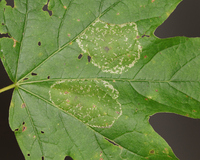
| Recorded by: Jim Petranka on 2023-07-15
Madison Co.
Comment: |
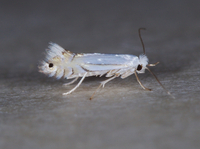
| Recorded by: Jim Petranka on 2023-05-07
Madison Co.
Comment: | 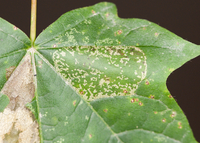
| Recorded by: Jim Petranka on 2022-07-08
Buncombe Co.
Comment: Occupied and unoccupied mines were on Sugar Maple. |
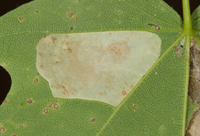
| Recorded by: Jim Petranka on 2022-07-08
Buncombe Co.
Comment: Occupied and unoccupied mines were on Sugar Maple. | 
| Recorded by: Jim Petranka and Becky Elkin on 2022-07-02
Madison Co.
Comment: An adult that was reared from Sugar Maple; mine on 2022-06-18; adult on 2022-07-02 (see companion photo on the mine). |

| Recorded by: Jim Petranka and Becky Elkin on 2022-07-02
Madison Co.
Comment: An adult that was reared from Sugar Maple; mine on 2022-06-18; adult on 2022-07-02 (see companion photo on the mine). | 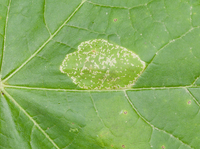
| Recorded by: Jim Petranka and Becky Elkin on 2022-06-18
Madison Co.
Comment: A tentiform mine on Sugar Maple; mine on 2022-06-18; adult emerged on 2022-07-02 (see companion photo on the adult). |

| Recorded by: Jim Petranka and Becky Elkin on 2022-06-18
Madison Co.
Comment: A tentiform mine on Sugar Maple; mine on 2022-06-18; adult emerged on 2022-07-02 (see companion photo on the adult). | 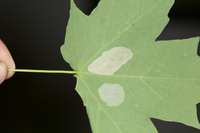
| Recorded by: Jim Petranka and Becky Elkin on 2022-06-10
Madison Co.
Comment: Occupied mines were on Sugar Maple. |
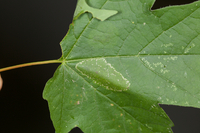
| Recorded by: Jim Petranka and Becky Elkin on 2022-06-10
Madison Co.
Comment: Occupied mines were on Sugar Maple. | 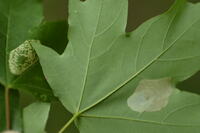
| Recorded by: Tracy S. Feldman on 2022-05-23
Durham Co.
Comment: |
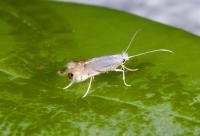
| Recorded by: Jim Petranka and Becky Elkin on 2020-07-08
Buncombe Co.
Comment: An adult that was reared from a mine on Sugar Maple. | 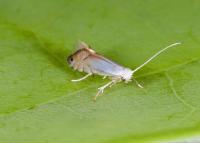
| Recorded by: Jim Petranka and Becky Elkin on 2020-07-08
Buncombe Co.
Comment: An adult that was reared from a mine on Sugar Maple. |
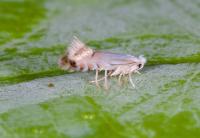
| Recorded by: Jim Petranka and Becky Elkin on 2020-07-08
Buncombe Co.
Comment: An adult that was reared from a mine on Sugar Maple. | 
| Recorded by: Jim Petranka and Becky Elkin on 2020-06-25
Buncombe Co.
Comment: A view of the upper leaf surface of a Sugar Maple with a mine. |
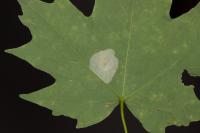
| Recorded by: Jim Petranka and Becky Elkin on 2020-06-25
Buncombe Co.
Comment: A view of a mine on the lower leaf surface of a Sugar Maple. | 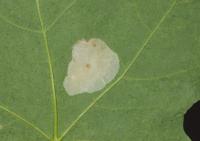
| Recorded by: Jim Petranka and Becky Elkin on 2020-06-25
Buncombe Co.
Comment: A view of a second mine on the lower leaf surface of a Sugar Maple. |
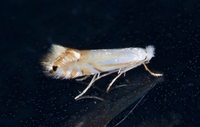
| Recorded by: Jim Petranka and Becky Elkin on 2020-06-09
Madison Co.
Comment: | 
| Recorded by: Jim Petranka and Becky Elkin on 2020-02-20
Madison Co.
Comment: Specimen was reared from a mine on a sugar maple leaf that was collected on 14 October, 2019; the mine was refrigerated over winter and the adult emerged on 20 Feb after being held at room temperature for two weeks. |
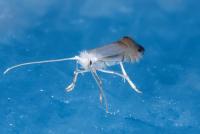
| Recorded by: Jim Petranka and Becky Elkin on 2020-02-20
Madison Co.
Comment: Specimen was reared from a mine on a sugar maple leaf that was collected on 14 October, 2019; the mine was refrigerated over winter and the adult emerged on 20 Feb after being held at room temperature for two weeks. | 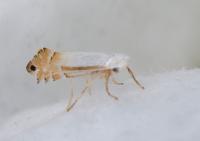
| Recorded by: Jim Petranka and Becky Elkin on 2020-02-20
Madison Co.
Comment: Specimen was reared from a mine on a sugar maple leaf that was collected on 14 October, 2019; the mine was refrigerated over winter and the adult emerged on 20 Feb after being held at room temperature for two weeks. |
|

 »
»